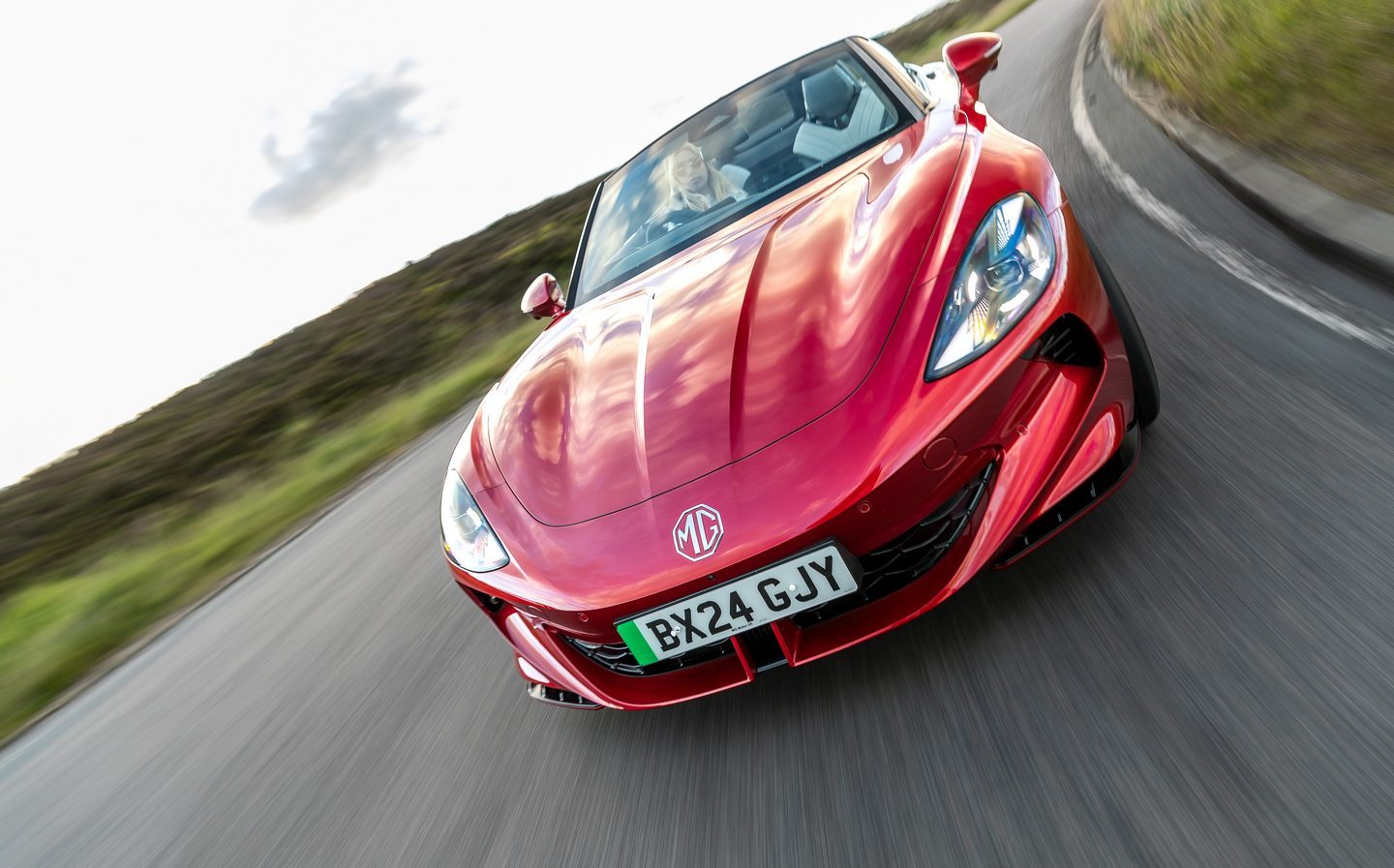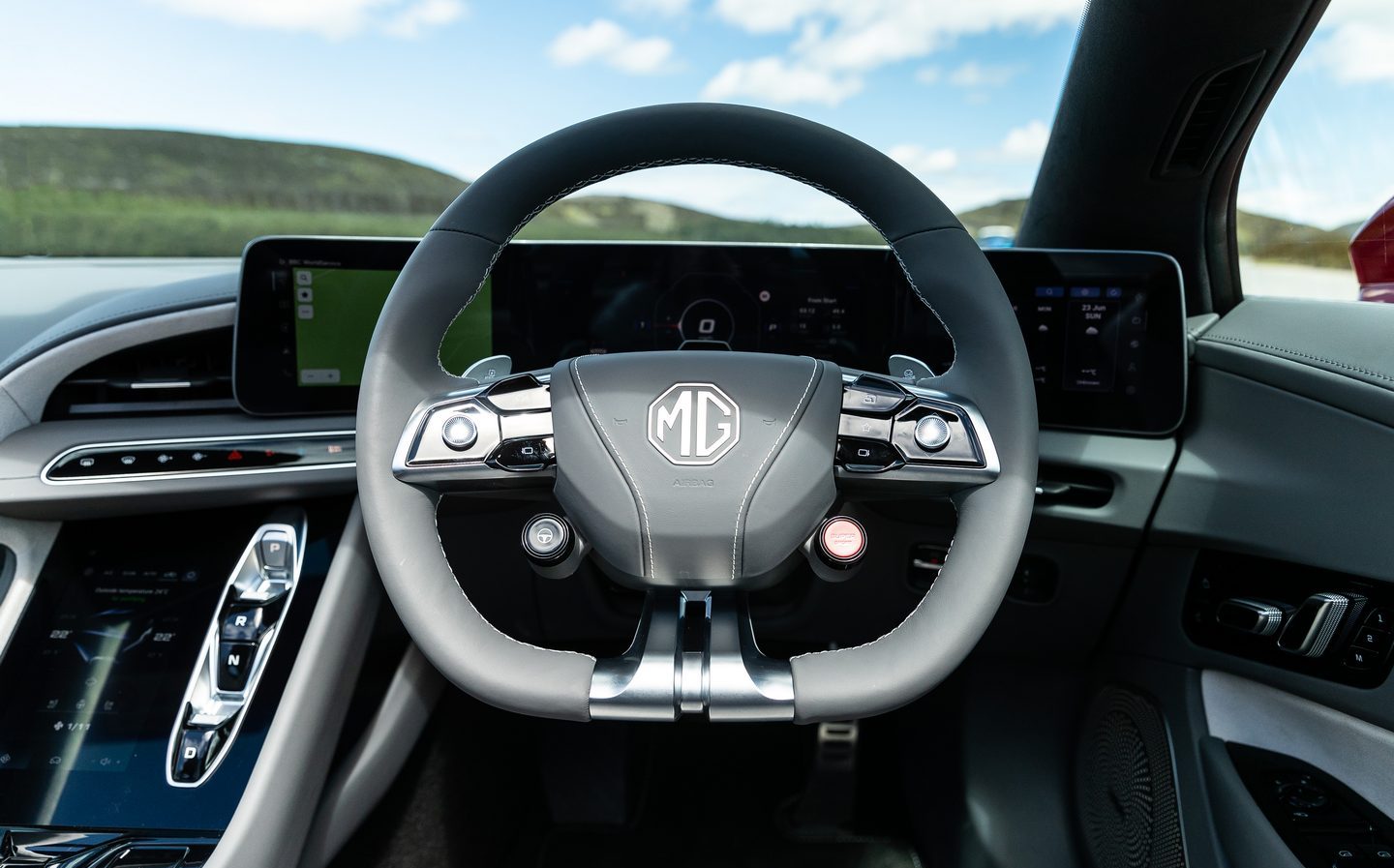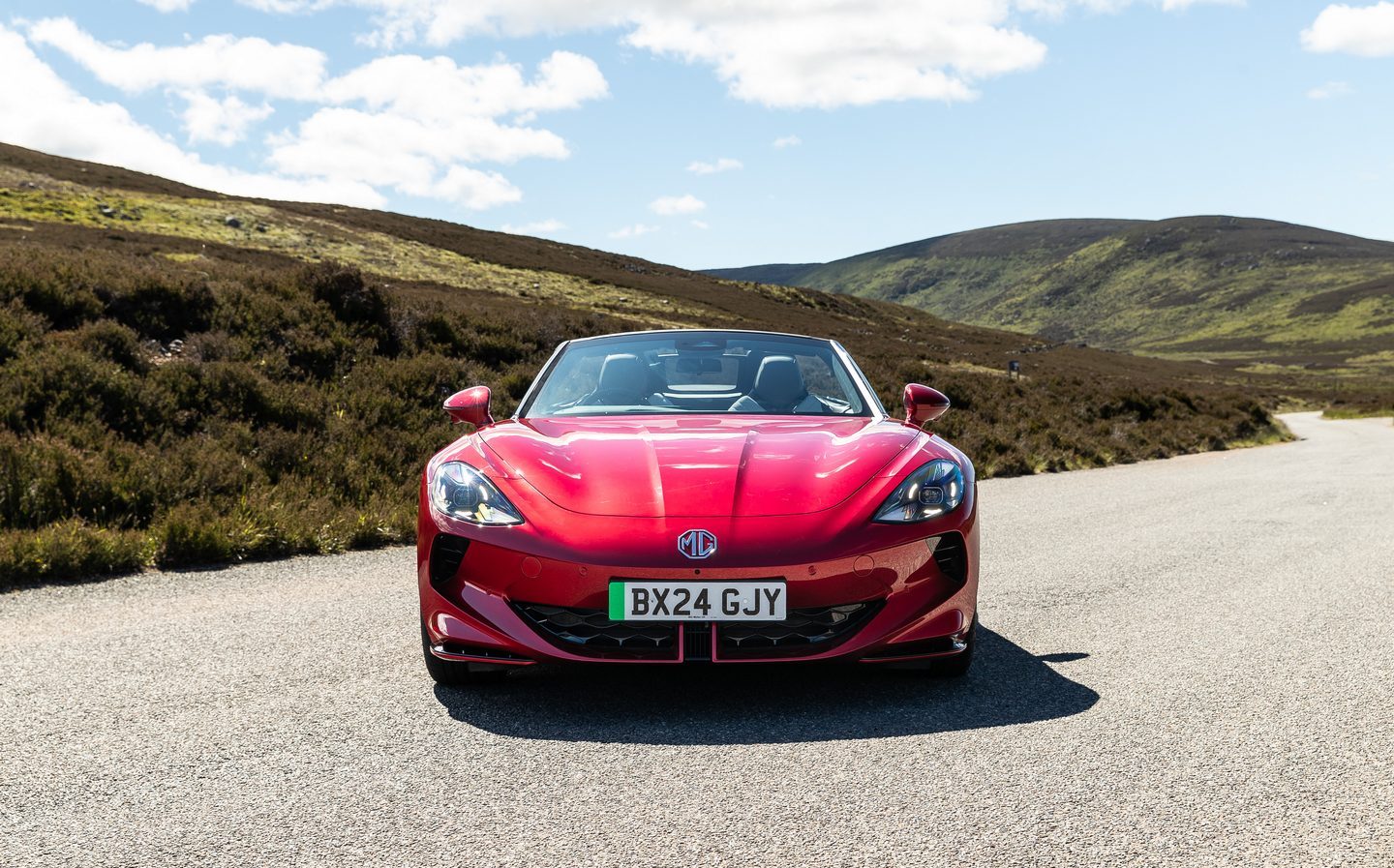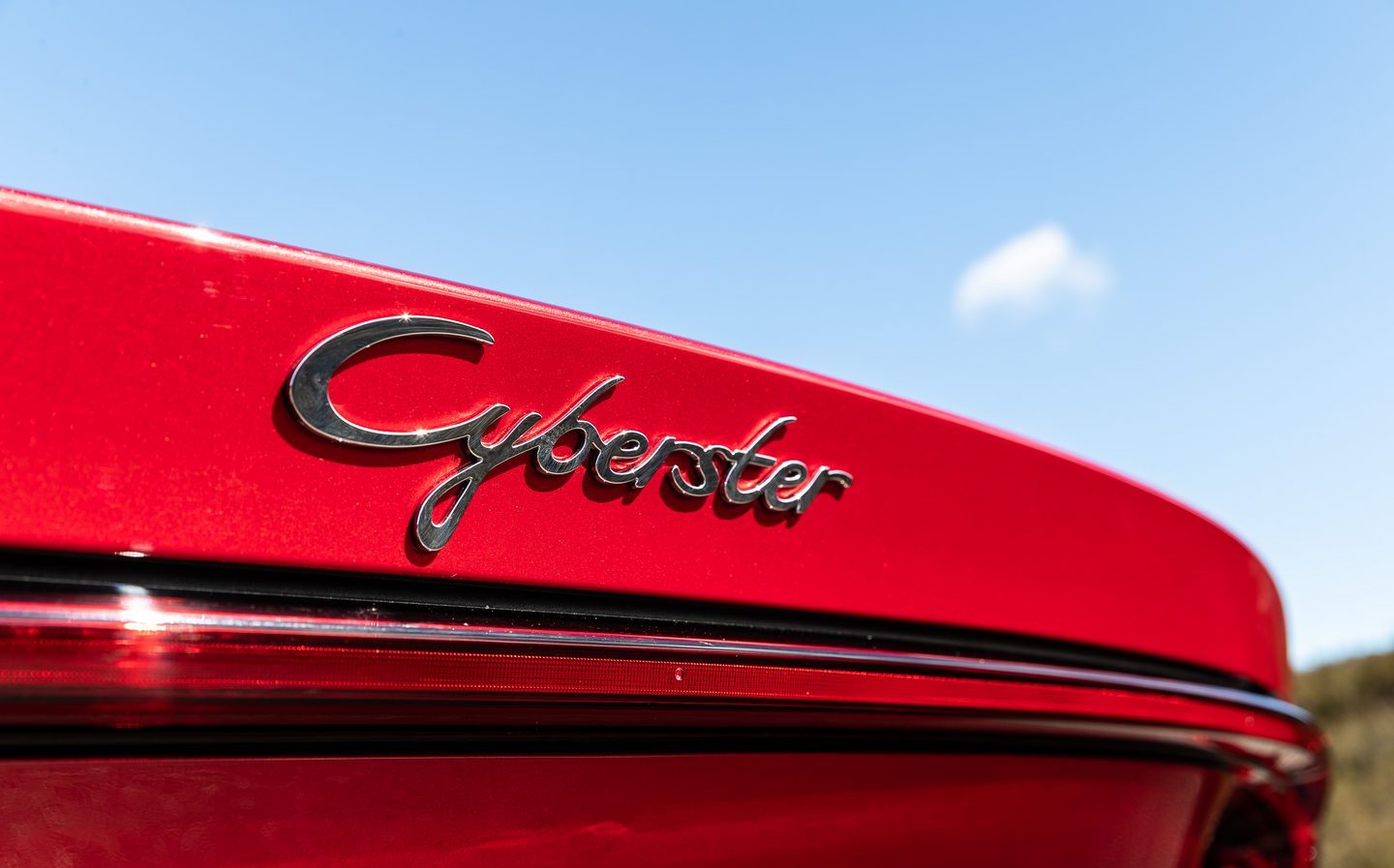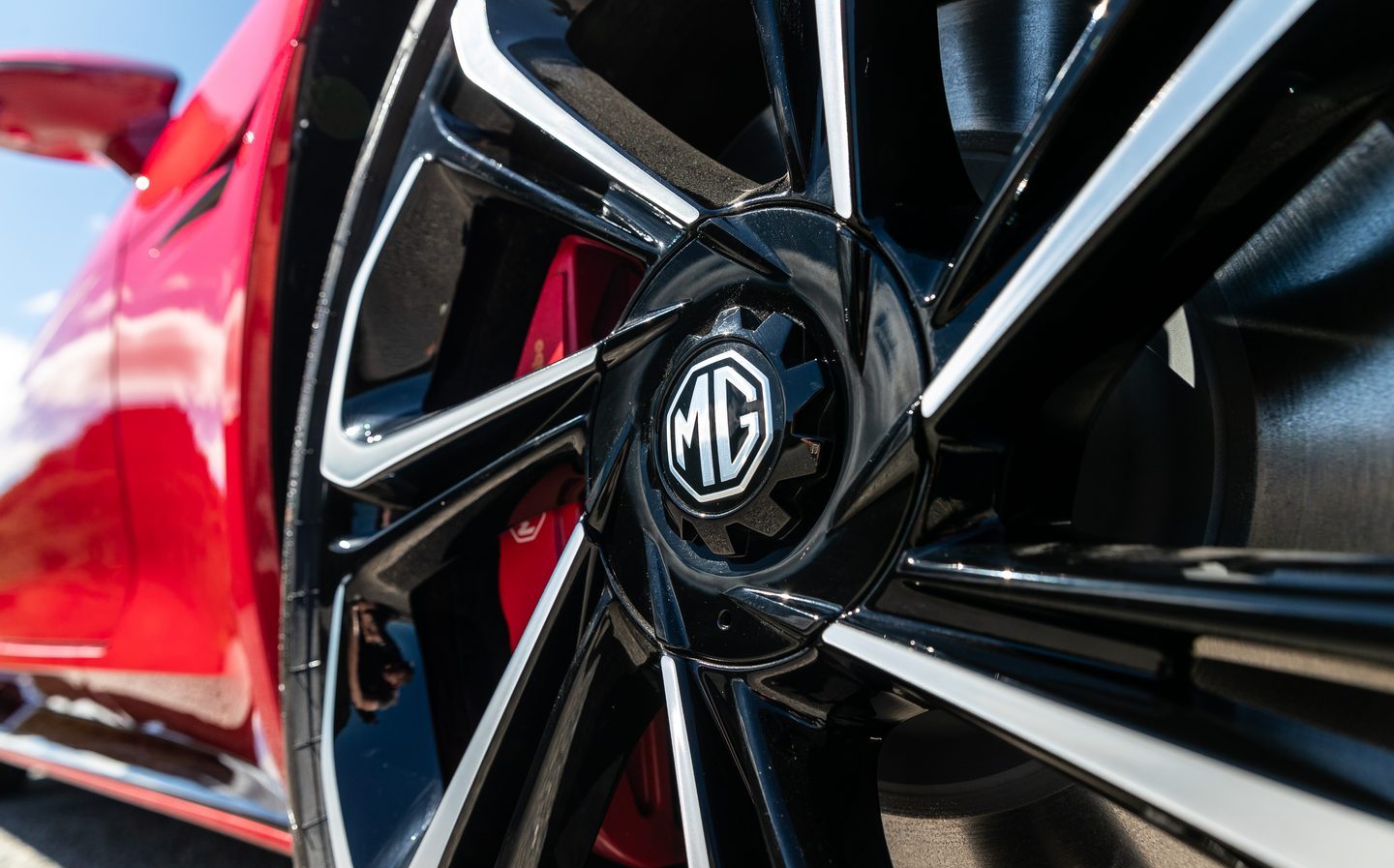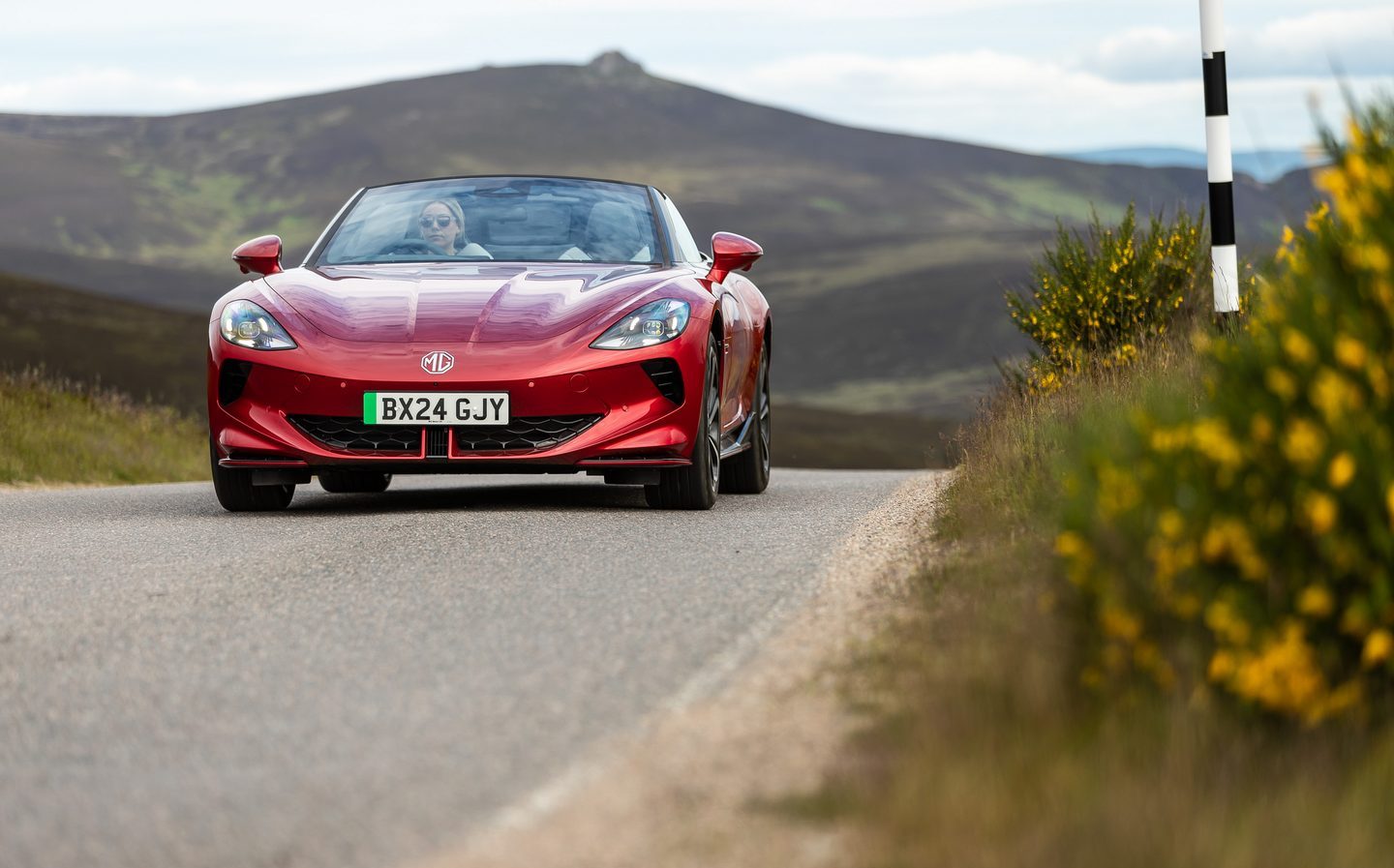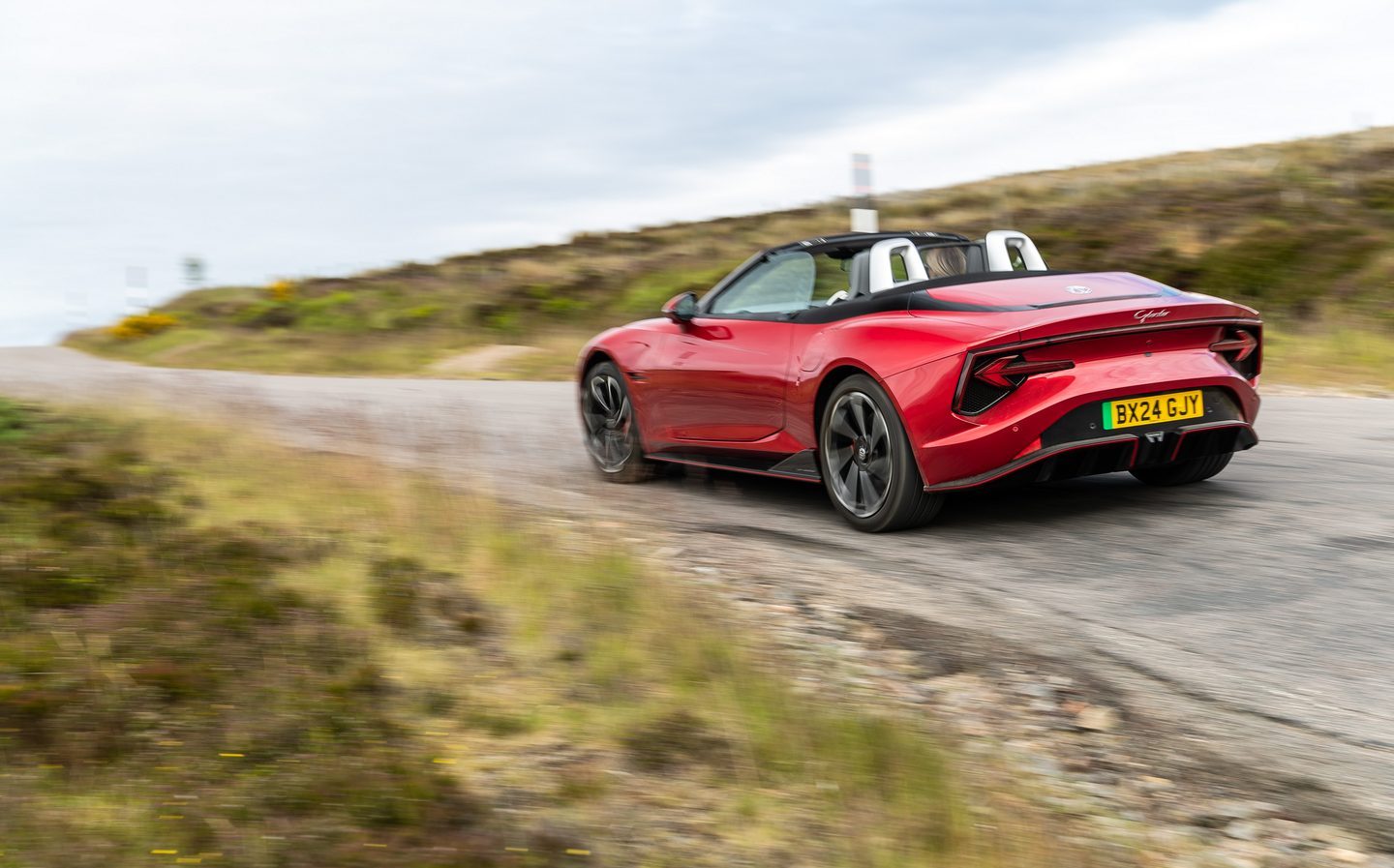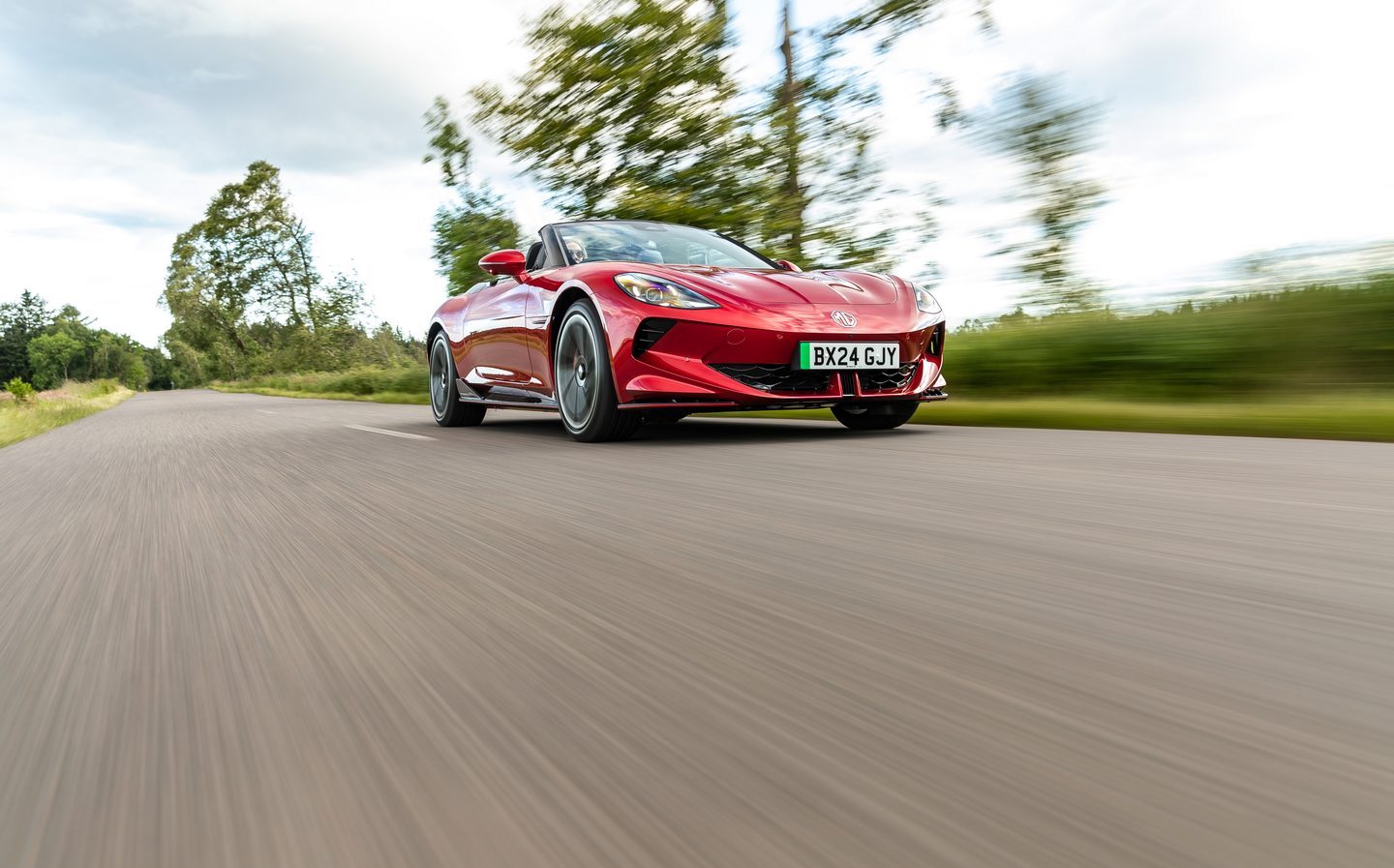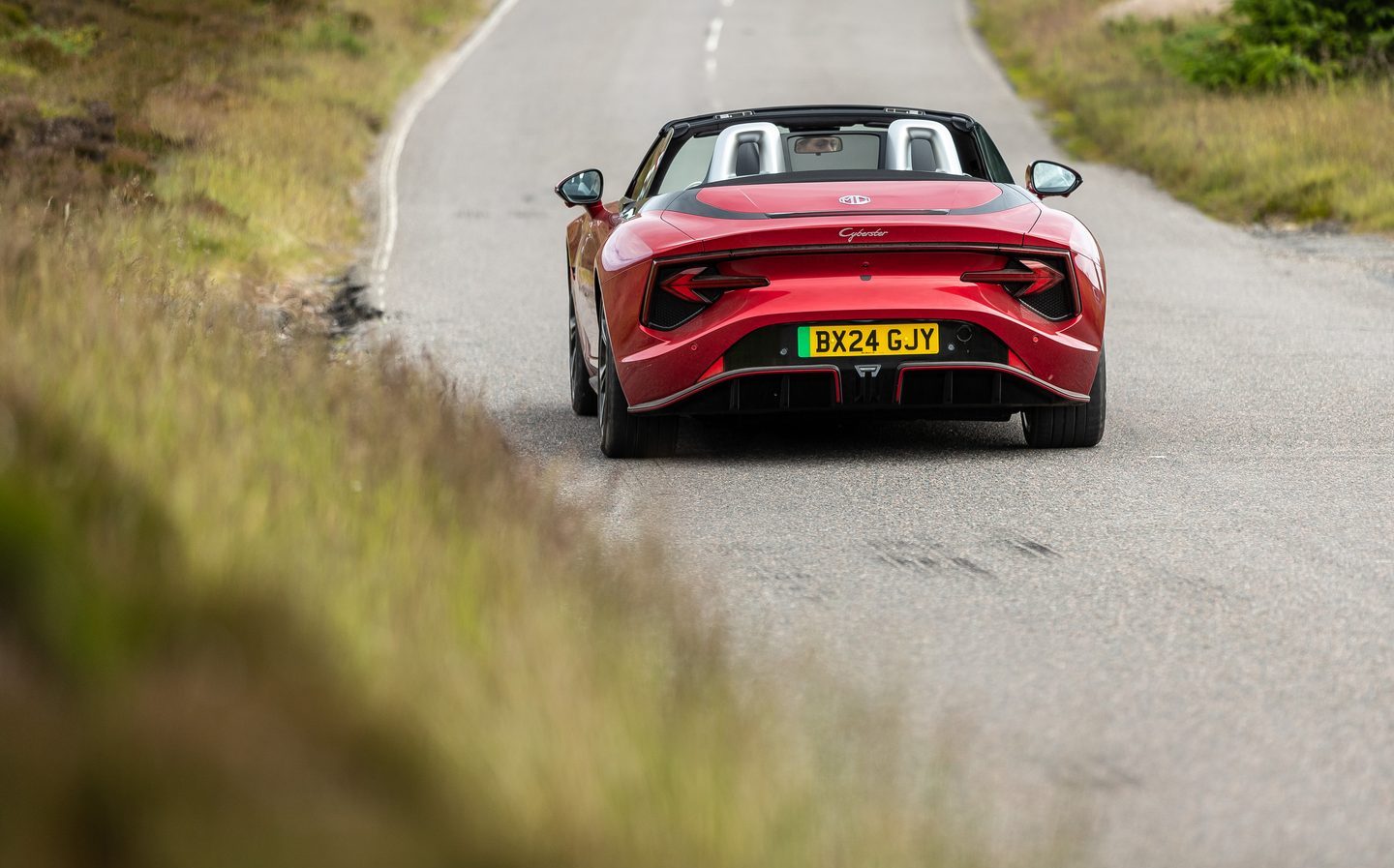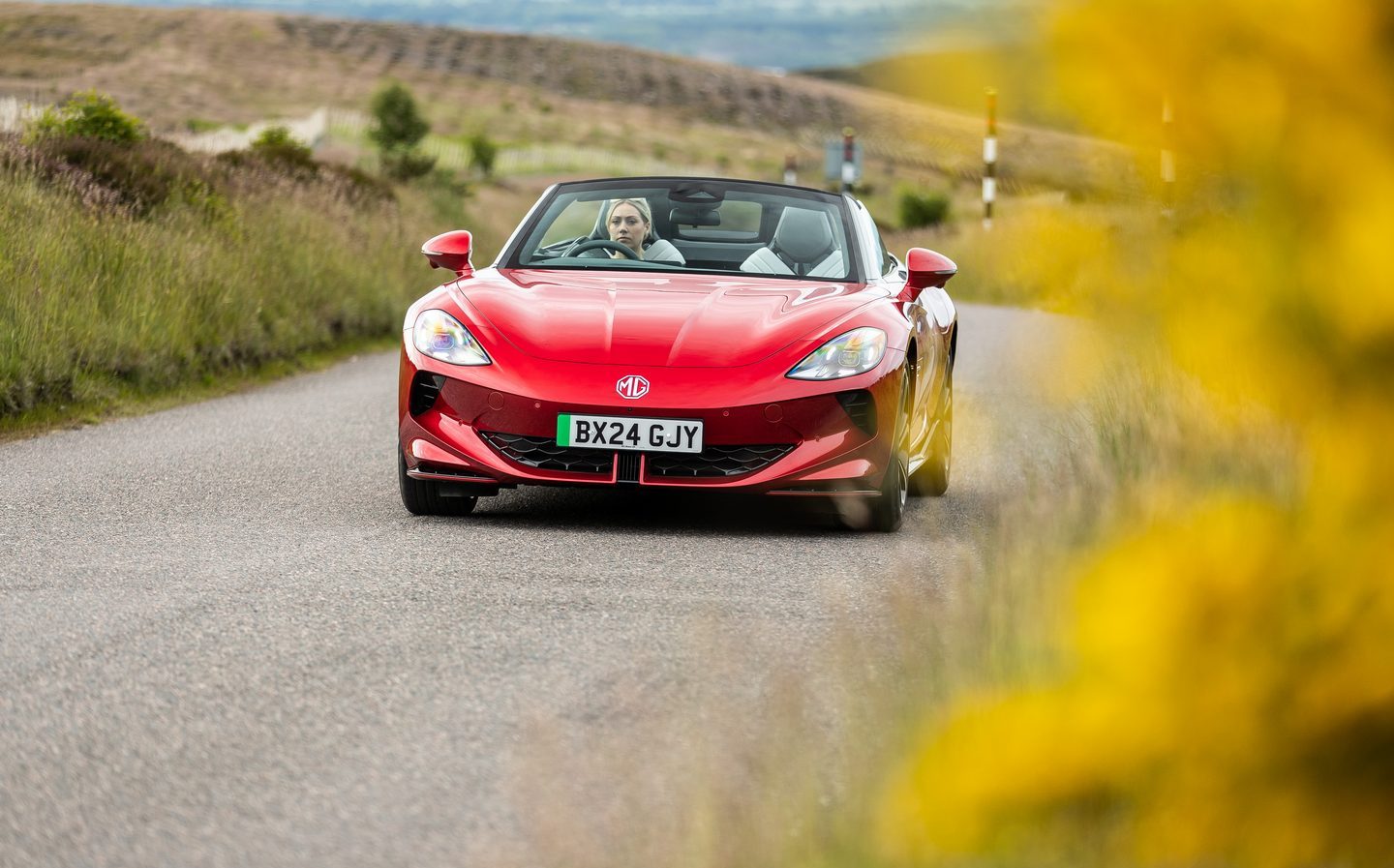MG Cyberster 2024 review: Brand returns to its roots with a two-seat roadster ... but this one is electric
A coupé is in the works, too
At the recent Goodwood Festival of Speed, MG took over the main display to celebrate its centenary. Of course, it’s not quite been a continuous run of cars over the last 100 years but the British brand, currently under Chinese ownership, is in rude health. Its range of cars includes a budget-friendly hybrid supermini, one of Britain’s most popular electric cars in the MG4 hatchback, and the HS, a family SUV currently ranked as the UK’s seventh best-selling car of 2024.
All of that is a far cry from the sports car-focused MG of yesteryear, with its cigarillo-smoking, Leslie Phillips-like clientelle, of course. But those who find themselves more enamoured with the company’s raffish past may find some solace in its latest creation: the Cyberster.
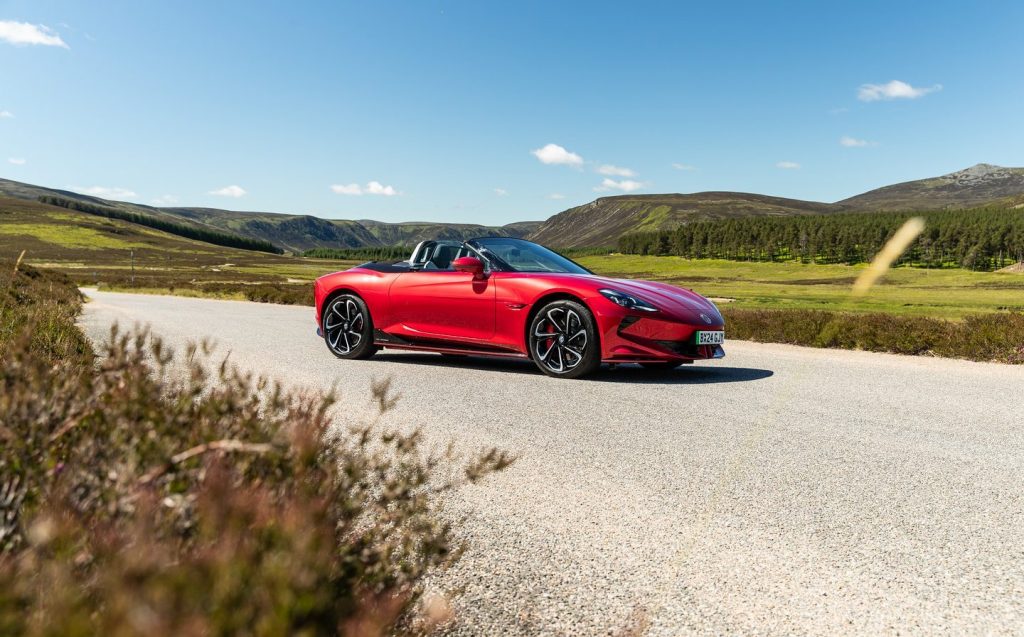
Yes, the name seems designed to appeal exclusively to 10-year-old boys, but look beyond that and you’ll discover a modern-looking two-seat sports car that tries its hardest not to stir up images of the company’s heritage. It would have been very easy for this to be called the “new MGB” but — rightly or wrongly — management decided that a forward-looking model such as this ought not to rely on tenuous links to the past.
It’s fair to refer to the Cyberster as a halo model as it has few similarities to any of the brand’s other cars. It’s also bigger than the pictures might suggest, at 4.5m long and 2.1m wide (if you include the door mirrors). It therefore dwarfs the Mazda MX-5 — the world’s best-selling two-seat roadster — and even makes the BMW Z4, a car that has grown over the generations, look compact.
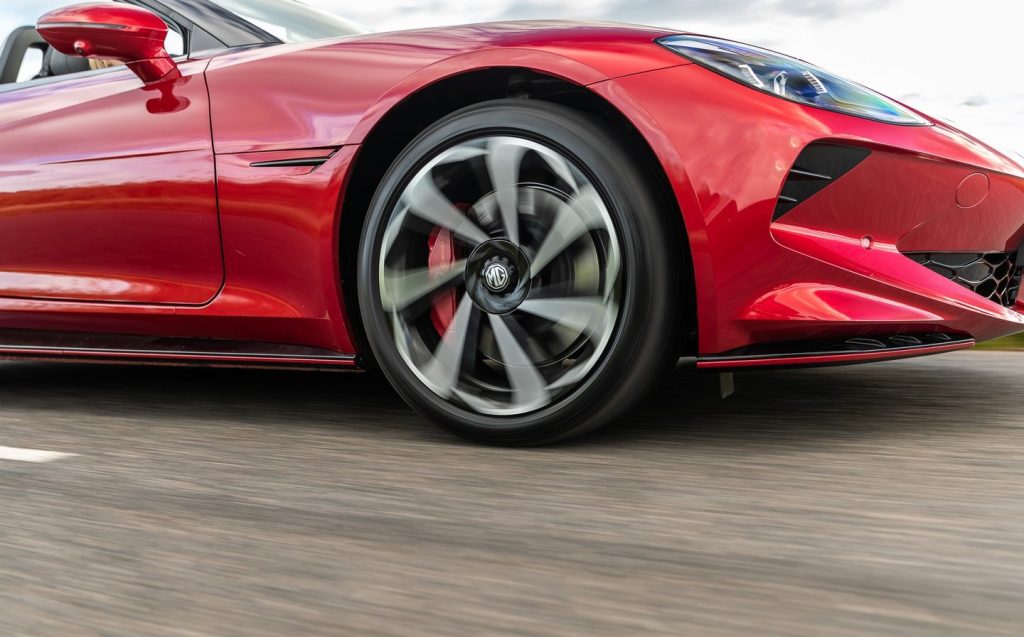
As it’s electric and has a sizeable battery, the Cyberster isn’t quite the flyweight convertible some will have been hoping for. It tips the scales at 1,885kg, which is almost twice the weight of the current MX-5.
However, the crucial thing is that the MG doesn’t look all that big or heavy. Its svelte design does an excellent job of hiding its mass, thanks in part to a streamlined bodywork, which is low on the fussy creases, louvres and vents that modern designers usually love to throw onto such cars.
View the Cyberster’s side profile and it could be a car from any premium manufacturer. Its low nose and flowing shoulder line that kicks up over the rear haunches are as stylish as any F-Type or Italian drop-top that Pininfarina might have penned.
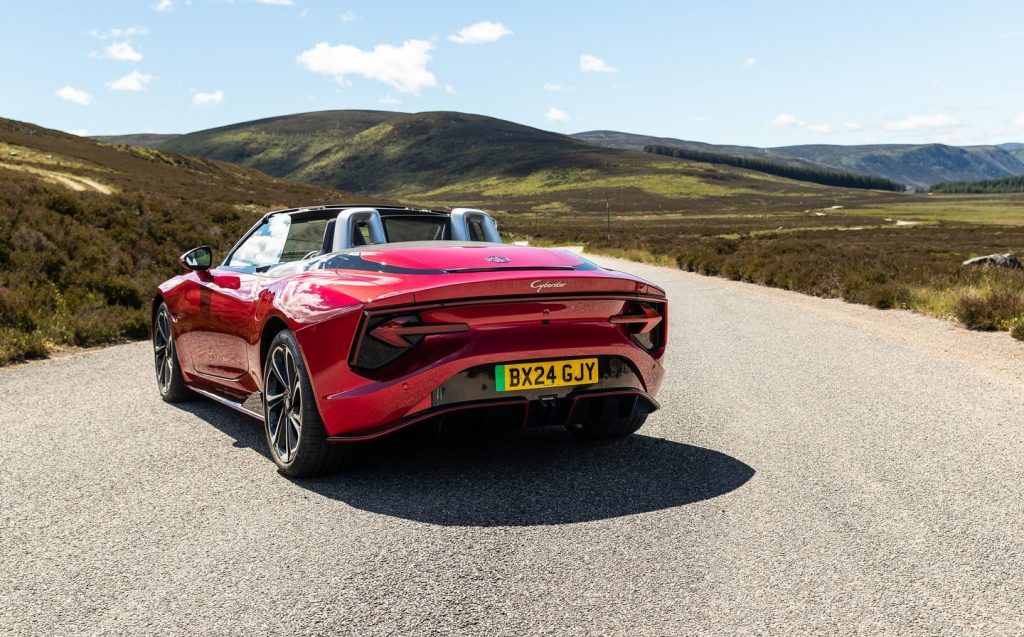
A sharply cut-off “Kamm tail” rear gives it a near-vertical back, with its rear lights and arrow-shaped indicators — the only naff part of the Cyberster’s design in our view — set above the diffuser. A neat detail is the black band extending from the windscreen’s A-pillars along the sides and around the rear deck. Not only does this visually lower the bodywork but also hides the touchpad for the doors.
That’s right, as part of MG’s slippery-through-the-air design there aren’t traditional door handles blotting the sides of the car. And rather than stick with conventional doors, MG wanted to add to the Cyberster’s razzmatazz by including electrically operated scissor doors that rise upwards when you press a button on the key fob or by touching the button on a raised panel within that black section.
It’s smart stuff, particularly as the doors include an array of sensors to ensure they don’t hit anything during the operation, and as with the name will no doubt appeal to the TikTok generation.
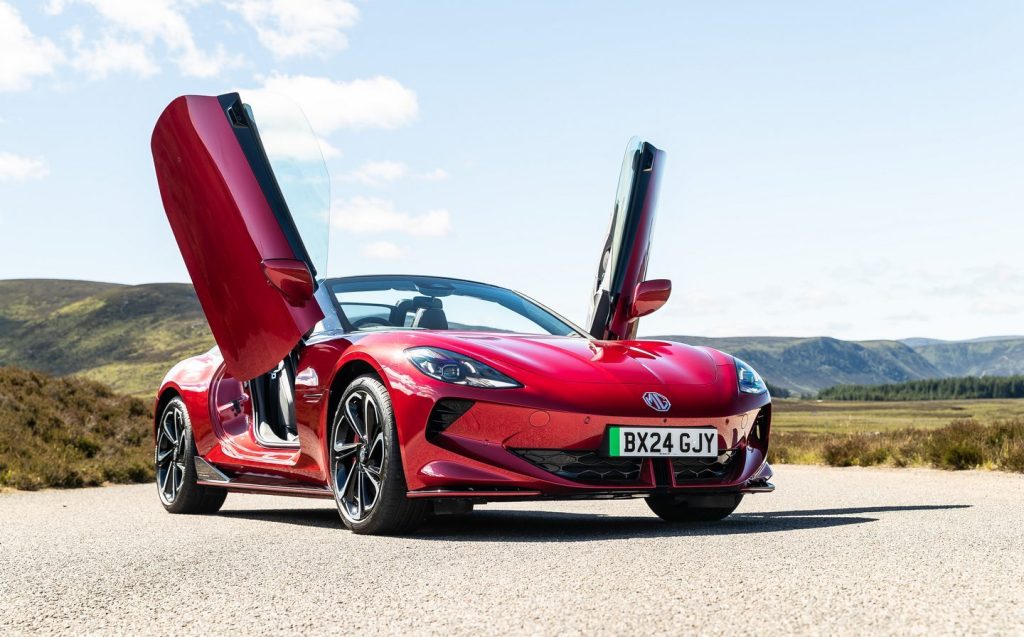
Having doors that swing upwards rather than outwards is also a boon in car parks, we found, and makes it easier to slide into the supportive but comfortable sports seats. Still, we’re sure we speak for many when we say having normal, manual doors would make us feel much less conspicuous when entering or exiting the car.
The interior is a far cry from any old MGs of yesteryear; you won’t find any wicker hampers or tartan lap blankets in here. The quite driver-focused layout, with its curved dash and grab-handle separator next to the passenger seat, is an all-digital affair.
Three (yes, three) electronic displays make up the dashboard, providing you with a dizzying array of information. In some configurations, it feels more like you’re in charge of the latest Airbus than an electric sports car. A fourth portrait-style display is on the centre console next to the vertically-stacked drive selector. At the base of the centre console are buttons for the doors and a pair of cup holders.
The chunky steering wheel is flat-bottomed and has large buttons within easy thumb reach, and two circular controls are straight out of the Porsche/ AMG design book.
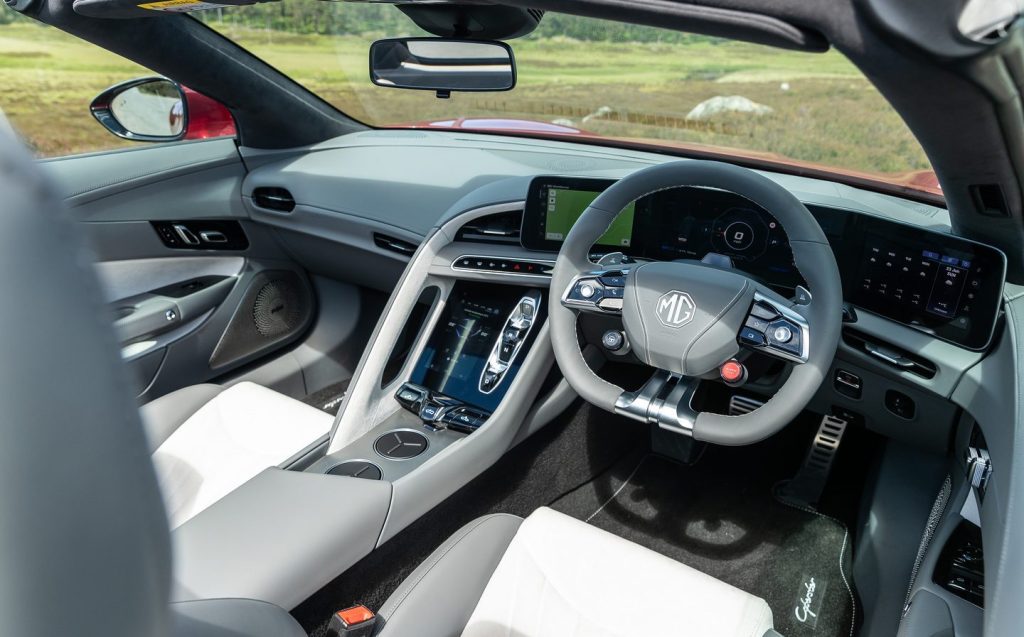
Sadly, the Cyberster doesn’t have any exhausts that bark into life when you start up the motor, though anyone with early starts will have grateful neighbours as you drive away silently. MG offers two performance flavours of the Cyberster, the Trophy with a single rear-mounted electric motor, and the GT with another on the front axle for all-wheel drive and a lot more performance.
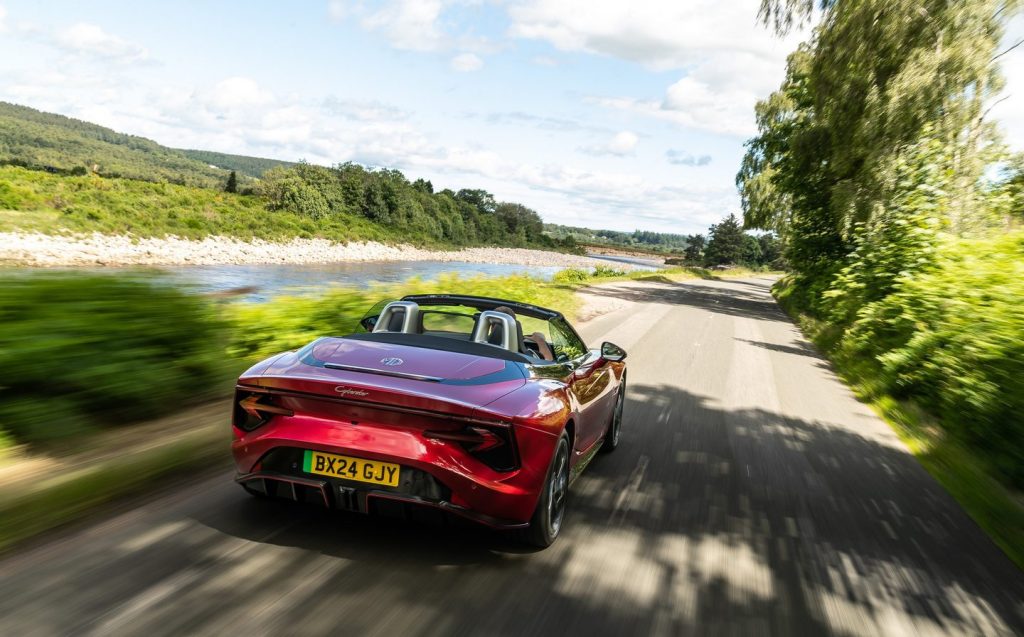
Turns out that the single-motor version has ample performance with plenty of torque to satisfy any Sunday morning blast across your favourite roads. Accelerating from rest up to speed feels quicker than the official stopwatch’s five-second 0-62mph time suggests.
Keep that sort of driving up and you’ll struggle to match the official 315-mile range, but there’s still plenty in the battery, with its 74.4kWh capacity, for most average drives. And the 144kW DC rapid charge rate means you won’t have to stop for too long when a top-up is needed: 10 – 80 per cent takes a claimed 38 mins.
As for the driving itself, the Cyberster is more GT than sports car. Its weight does become evident if you try to hustle it along at a faster clip on backroads, and while the suspension does manage to keep up the overall driving experience is more enjoyable if you dial it back by a couple of tenths.
The ride feels firm but never harsh, and on flowing roads often provides supple vertical movement as it covers ground. Having instantaneous acceleration at your disposal adds to the enjoyment.
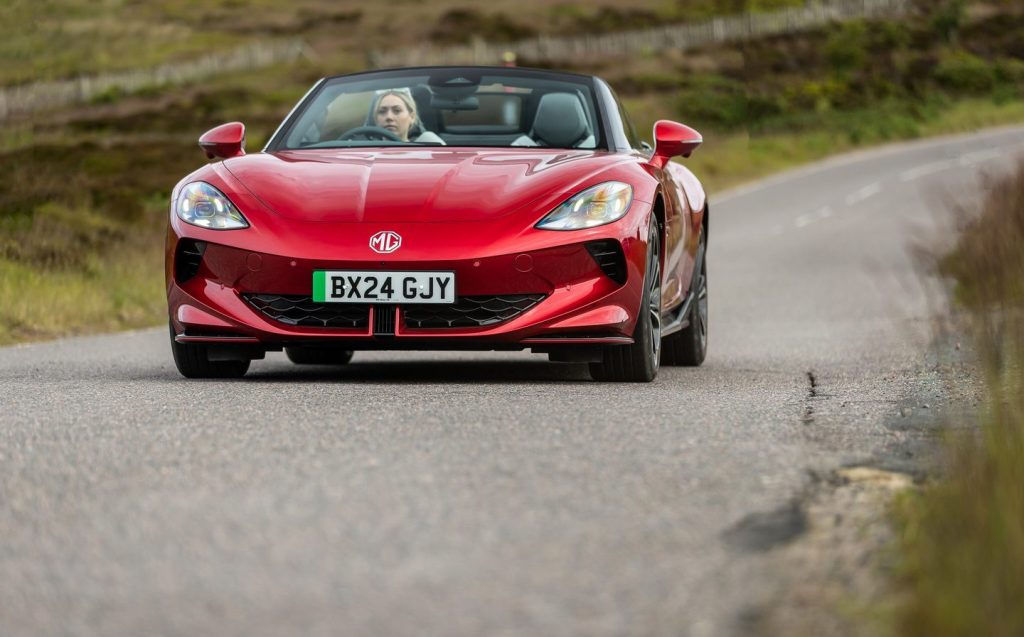
There’s a maturity to the chassis and suspension set-up that is a far cry from anything the company might have been capable of producing in the distant past, but this is comparing apples with oranges. The steering is nicely weighted and you get a satisfactory level of feedback from what the front wheels are doing as you look down the long bonnet.
An added bonus: the electric powertrain will likely result in far fewer side-of-the-road-with-the-bonnet-up moments than an average classic MG, too.
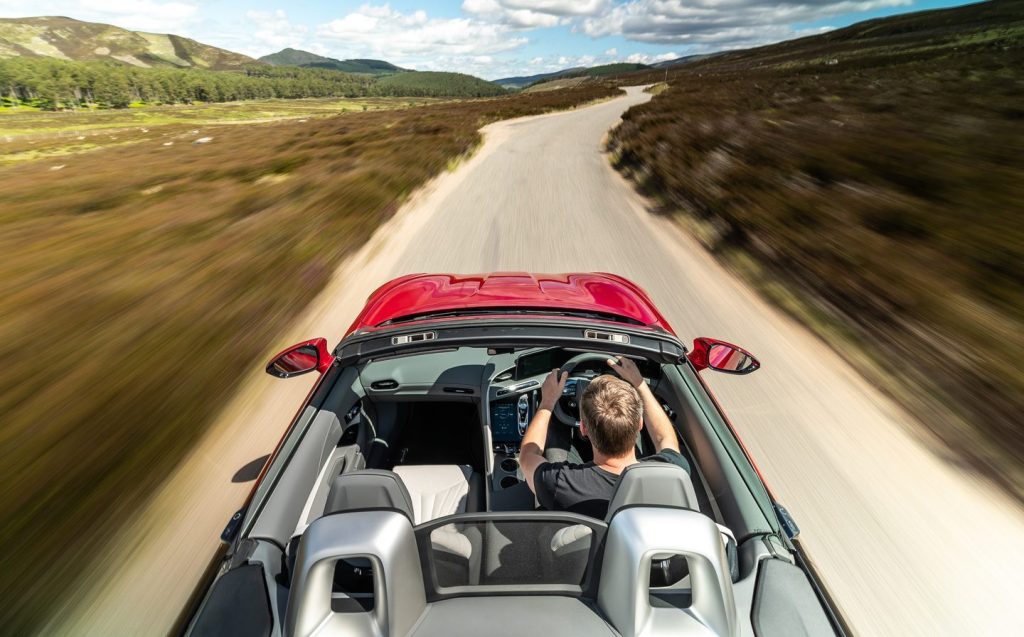
The Cyberster might not fit in with the rest of the company’s current portfolio of models but it holds its own as a standalone car with more depth than many might give it credit for initially. It serves as the link to the brand’s past, even if MG nowadays is more about looking forward than back.
Price? At £54,995, it’s not exactly what you’d call cheap but the Cyberster is also something of a rarity at present. Two-seat convertibles aren’t ten-a-penny these days, and electric ones are even rarer, so MG deserves some credit for producing it in the first place.
The Cyberster isn’t necessarily a statement that says, “MG is back”, as it already was, but it proves the naysayers wrong in terms of what the company is now capable of doing. Will we still be saying that after another 100 years?
Chinese car makers
MG is a British brand owned by SAIC Motor, one of China’s “Big Four” state-owned vehicle manufacturers.
Related articles
- If you found our review of the MG Cyberster interesting, you may want to read our review of the MG4 electric hatch
- Like open-topped electric cars? Check out the Maserati GranCabrio Folgore
- Have you seen the interior of the 2024 Audi Q6 e-tron?
Latest articles
- Should I buy a diesel car in 2025?
- F1 2025 calendar and race reports: The new Formula One season as it happens
- Zeekr 7X AWD 2025 review: A fast, spacious and high tech premium SUV — but someone call the chassis chief
- Denza Z9GT 2025 review: Flawed but sleek 1,062bhp shooting brake from BYD’s luxury arm
- Extended test: 2024 Renault Scenic E-Tech review
- Best-selling cars 2025: The UK’s ten most popular models of the year so far
- Audi A6 Avant 2025 review: Trusty executive estate ticks expected boxes, and there’s still a diesel option
- Keir Starmer eases pressure on carmakers to sell EVs in response to ‘global economic headwinds’
- Ferrari 12Cilindri Spider review: Heady blend of traditional and futuristic becomes even more intoxicating after lid is removed


